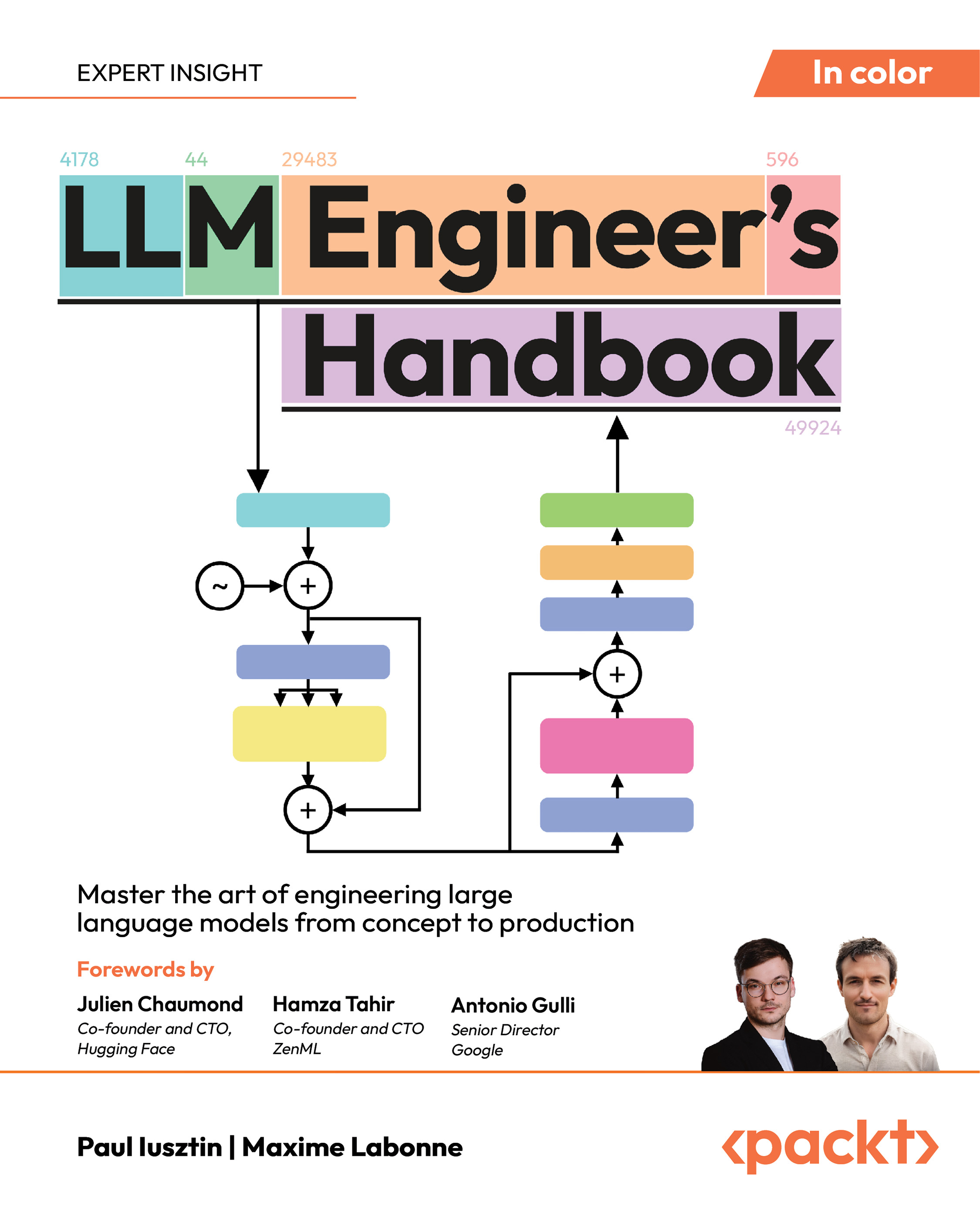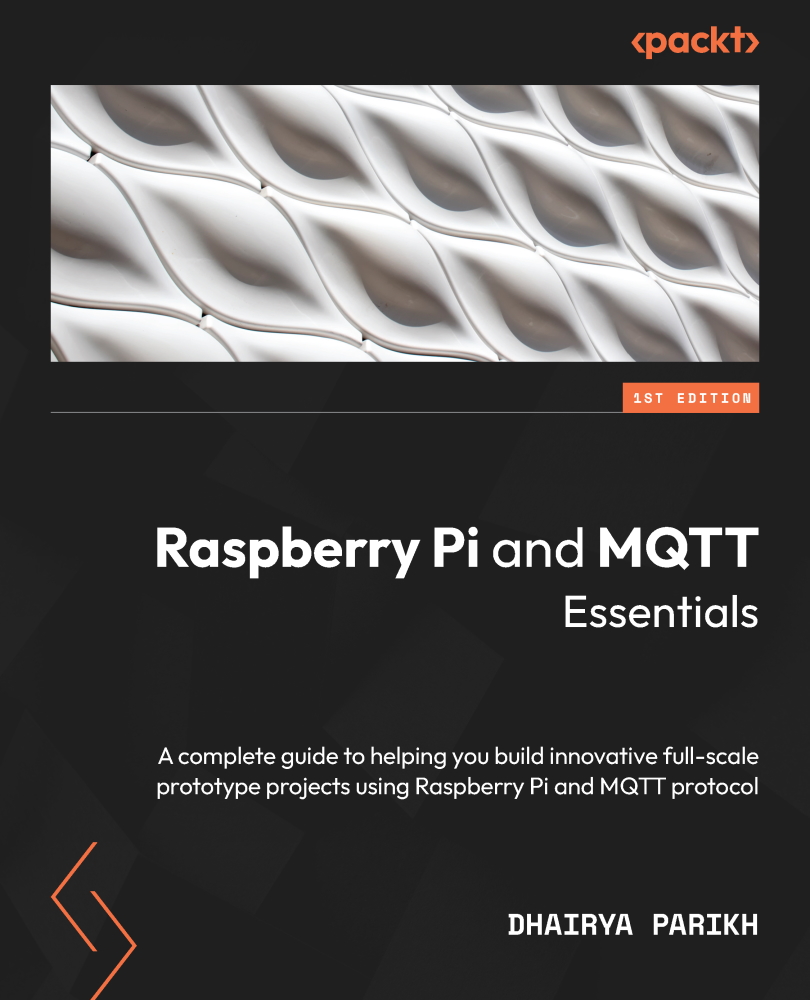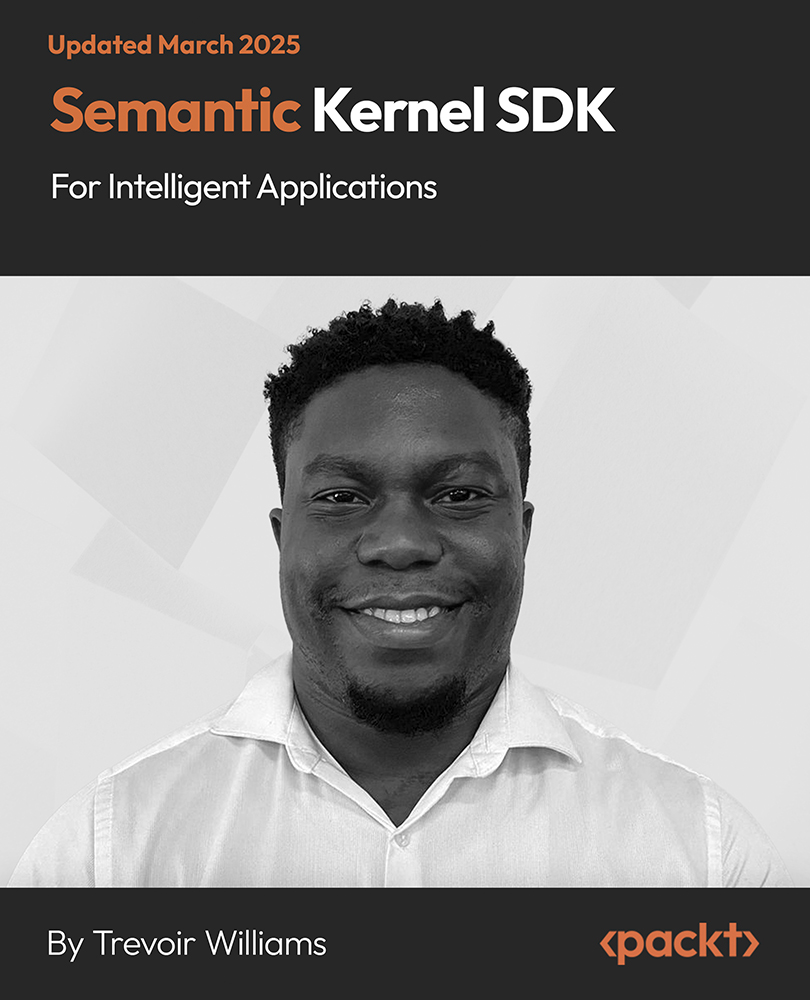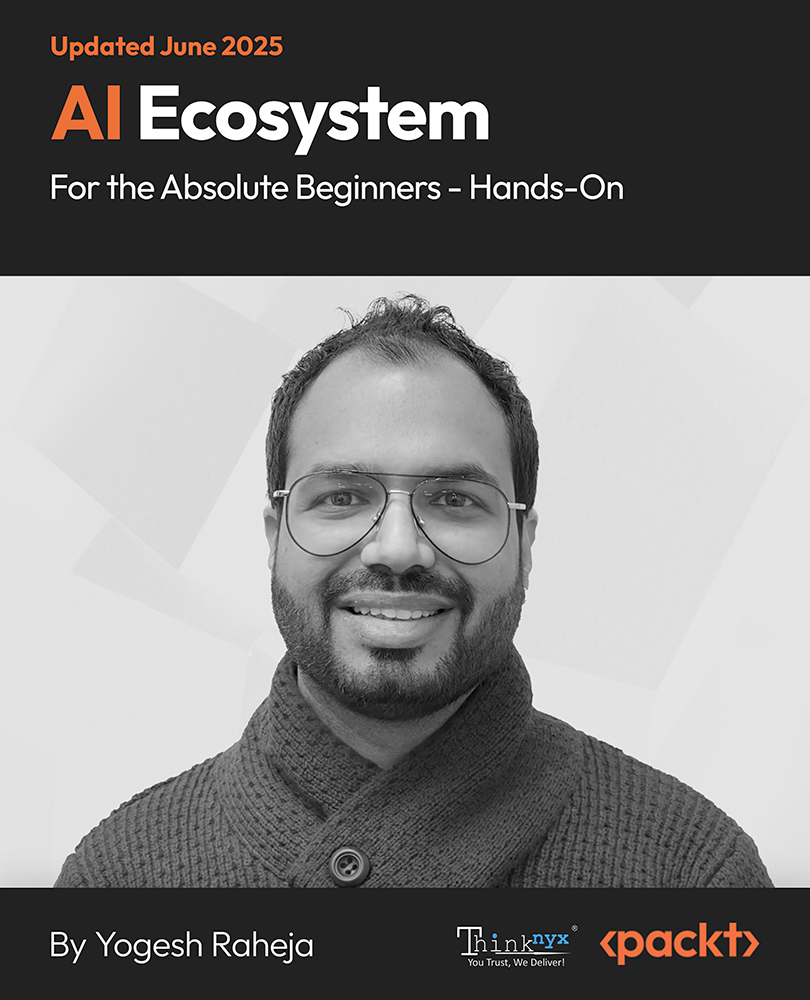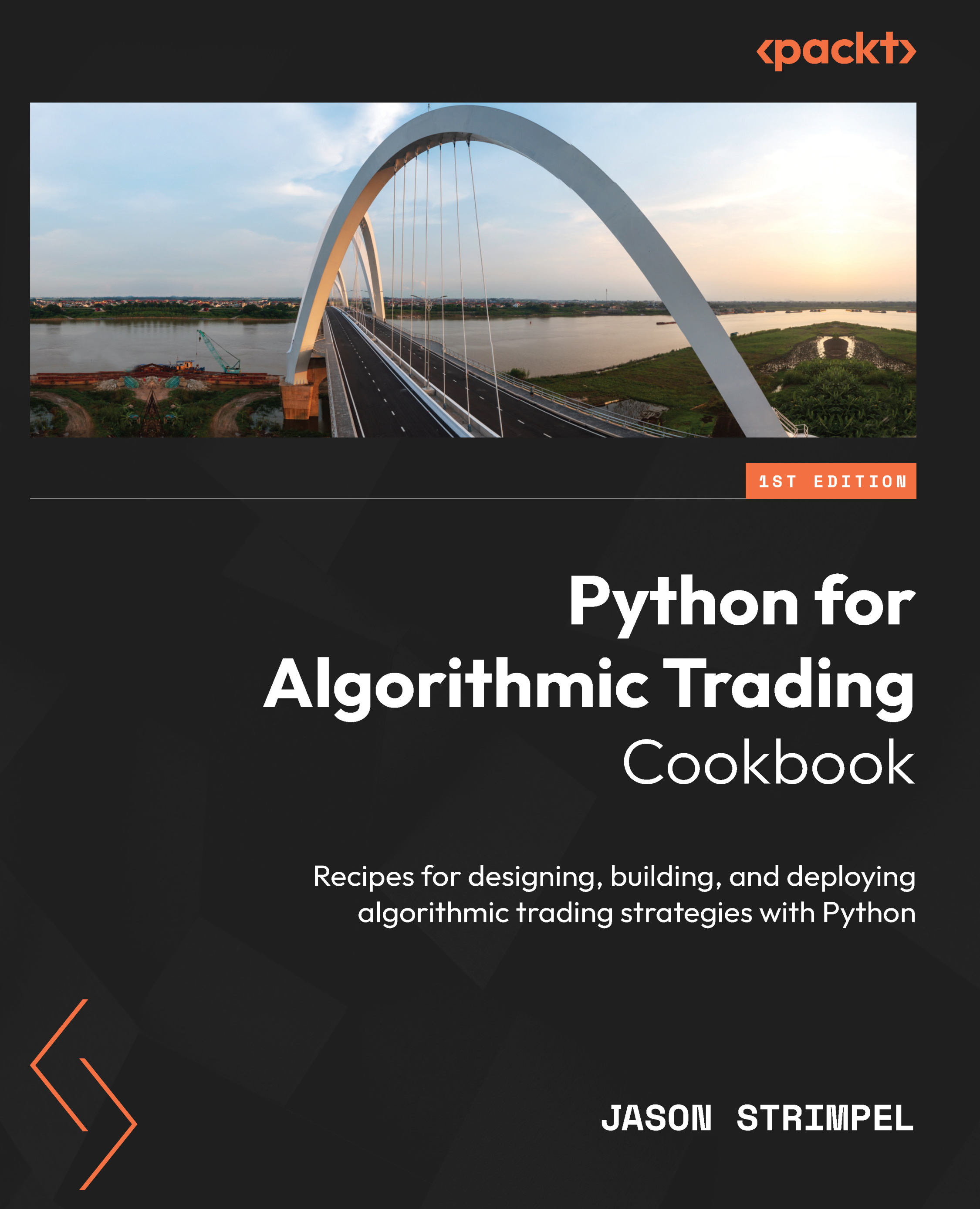Machine learning has shown immense promise across domains and industries over the recent years. From helping with the diagnosis of serious ailments to powering autonomous vehicles, machine learning is finding useful applications across a spectrum of industries. However, the actual process of delivering business outcomes using machine learning currently takes too long and is too expensive, forcing some businesses to look for other less burdensome alternatives.
MissingLink.ai is a recently-launched platform to fix just this problem. It enables data scientists to spend less time on the grunt work by automating and streamlining the entire machine learning cycle, giving them more time to apply actionable insights gleaned from the data.
Key Takeaways
- Processing and managing the sheer volume of data is one of the key challenges that today’s AI tools face
- Yosi thinks the idea of companies creating their own machine learning infrastructure doesn’t make a lot of sense. Data professionals should be focusing on more important problems within their organizations by letting the platform take care of the grunt work.
- MissingLink.ai is an innovative AI platform born out of the need to simplify AI development, by taking away the common, menial data processing tasks from data scientists and allowing them to focus on the bigger data-related issues; through experiment management, data management and resource management.
- MissingLink is a part of the Samsung NEXT product development team that aims to help businesses automate and accelerate their projects using machine learning
We had the privilege of interviewing Mr. Yosi Taguri, the founder and CEO of MissingLink, to know more about the platform and how it enables more effective deep learning.
- What are the biggest challenges that companies come across when trying to implement a robust Machine Learning/Deep Learning pipeline in their organization? How does it affect their business?
The biggest challenge, simply put, is that today’s AI tools can’t keep up with the amount of data being produced. And it’s only going to get more challenging from here! As datasets continue to grow, they will require more and more compute power, which means we risk falling farther behind unless we change the tools we’re using.
While everyone is talking about the promise of machine learning, the truth is that today, assessing data is still too time-consuming and too expensive. Engineers are spending all their time managing the sheer volume of data, rather than actually learning from it and being empowered to make changes.
- Let’s talk about MissingLink.ai, the platform you and your team have launched for accelerating deep learning across businesses. Why the name MissingLink? What was the motivation to launch this platform?
The name is actually a funny story, and it ties pretty neatly into why we created the platform. When we were starting out three years ago, deep learning was still a relatively new concept and my team and I were working hard to master the intricacies of it. As engineers, we primarily worked with code, so to be able to solve problems with data was a fascinating new challenge for us.
We quickly realized that deep learning is really hard and moves very, very slow. So we set out to solve that problem of how to build really smart machines really fast. By comparison, we thought of it through the lens of software development. Our goal was to accelerate from a glacial pace to building machine learning algorithms faster -- because we felt that there was something missing, a missing link if you will.
- MissingLink is a part of the growing Samsung NEXT product development team. How does it feel? What role do you think MissingLink will play in Samsung NEXT’s plans and vision going forward?
Samsung NEXT’s broader mission is to help startups reach their full potential and achieve their goals. More specifically, Samsung NEXT discovers and backs the engineers, innovators, builders, and entrepreneurs who will help Samsung define the future of software and services.
The Samsung NEXT product development team is focused on building software and services that take advantage of and accelerate opportunities related to some of the biggest shifts in technology including automation, supply and demand, and interfaces. This will require hardware and software to seamlessly come together.
Over the past few years, nearly all startups are leveraging AI for some component of their business, yet practical progress has been slower than promised. MissingLink is a foundational tool to enable the progress of these big changes, helping entrepreneurs with great use cases for machine learning to accelerate their projects.
- Could you give us the key features of Missinglink.ai that make it stand out from the other AI platforms available out there? How will it help data scientists and ML engineers build robust, efficient machine learning models?
First off, MissingLink.ai is the most comprehensive AI platform out there. It handles the entire deep learning lifecycle and all its elements, including code, data, experiments, and resources. I’d say that our top features include:
- Experiment Management: See and compare the entire history of experiments. MissingLink.ai auto-documents every aspect
Unlock access to the largest independent learning library in Tech for FREE!
Get unlimited access to 7500+ expert-authored eBooks and video courses covering every tech area you can think of.
Renews at R$50/month. Cancel anytime
- Data Management: A unique data store tracks data versions used in every experiment, streams data, caches it locally and only syncs changes
- Resources Management: Manages your resources with no extra infrastructure costs using your AWS or other cloud credentials. It grows and shrinks your cloud resources as needed.
These features, together with our intuitive interface, really put data scientists and engineers in the driver's seat when creating AI models. Now they can have more control and spend less energy repeating experiments, giving them more time to focus on what is important.
- Your press release on the release of MissingLink states “the actual process of delivering business outcomes currently takes too long and it is too expensive. MissingLink.ai was born out of a desire to fix that.” Could you please elaborate on how MissingLink makes deep learning less expensive and more accessible?
Companies are currently spending too much time and devoting too many resources to the menial tasks that are necessary for building machine learning models. The more time data scientists spend on tasks like spinning machines, copying files and DevOps, the more money that a company is wasting.
MissingLink changes that through the introduction of something we’re calling DeepOps or deep learning operations, which allows data scientists to focus on data science and let the machine take care of the rest. It’s like DevOps where the role is about how to make the process of software development more efficient and productionalized, but the difference is no one has been filling this role and it’s different enough that its very specific to the task of deep learning. Today, instead of data scientists working on their models and advancing AI, they are spending their time doing this DeepOps work.
MissingLink reduces load time and facilitates easy data exploration by eliminating the need to copy files through data-management in a version-aware data store.
- Most of the businesses are moving their operations on to the cloud these days, with AWS, Azure, GCP, etc. being their preferred cloud solutions. These platforms have sophisticated AI offerings of their own. Do you see AI platforms such as MissingLink.ai as a competition to these vendors, or can the two work collaboratively?
I wouldn’t call cloud companies our competitors; we don’t provide the cloud services they do, and they don’t provide the DeepOps service that we do. Yes, we all are trying to simplify AI, but we’re going about it in very different ways. We can actually use a customer’s public cloud provider as the infrastructure to run the MissingLink.ai platform. If customers provide us with their cloud credentials, we can even manage this for them directly.
- Concepts such as Reinforcement Learning and Deep Learning for Mobile are getting a lot of traction these days, and have moved out of the research phase into the application/implementation phase. Soon, they might start finding extensive business applications as well. Are there plans to incorporate these tools and techniques in the platform in the near future?
We support all forms of Deep Learning, including Reinforcement Learning. On the Deep Learning for Mobile side, we think the Edge is going to be a big thing as more and more developers around the world are exposed to Deep Learning. We plan to support it early next year.
- Currently, data privacy and AI ethics have become a focal point of every company’s AI strategy. We see tech conglomerates increasingly coming under the scanner for ignoring these key aspects in their products and services. This is giving rise to an alternate movement in AI, with privacy and ethics-centric projects like Deon, Vivaldi, and Tim Berners-Lee’s Solid.
How does MissingLink approach the topics of privacy, user consent, and AI ethics? Are there processes/tools or principles in place in the MissingLink ecosystem or development teams that balance these concerns?
When we started MissingLink we understood that data is the most sensitive part of Deep Learning. It is the new IP. Companies spend 80% of their time attending to data, refining it, tagging it and storing it, and therefore are reluctant to upload it to a 3rd party vendor. We have built MissingLink with that in mind - our solution allows customers to simply point us in the direction of where their data is stored internally, and without moving it or having to access it as a SaaS solution we are able to help them manage it by enabling version management as they do with code. Then we can stream it directly to the machines that need the data for processing and document which data was used for reproducibility.
- Finally, where do you see machine learning and deep learning heading in the near future? Do you foresee a change in the way data professionals work today? How will platforms like MissingLink.ai change the current trend of working?
Right now, companies are creating their own machine learning infrastructure - and that doesn’t make sense. Data professionals can and should be focusing on more important problems within their organizations. Platforms like MissingLink.ai free data scientists from the grunt work it takes to upkeep the infrastructure, so they can focus on bigger picture issues. This is the work that is not only more rewarding for engineers to work on, but also creates the unique value that companies need to compete. We’re excited to help empower more data professionals to focus on the work that actually matters.
It was wonderful talking to you, and this was a very insightful discussion. Thanks a lot for your time, and all the best with MissingLink.ai!
Read more
Michelangelo PyML: Introducing Uber’s platform for rapid machine learning development
Tesseract version 4.0 releases with new LSTM based engine, and an updated build system
Baidu releases a new AI translation system, STACL, that can do simultaneous interpretation
 United States
United States
 Great Britain
Great Britain
 India
India
 Germany
Germany
 France
France
 Canada
Canada
 Russia
Russia
 Spain
Spain
 Brazil
Brazil
 Australia
Australia
 Singapore
Singapore
 Canary Islands
Canary Islands
 Hungary
Hungary
 Ukraine
Ukraine
 Luxembourg
Luxembourg
 Estonia
Estonia
 Lithuania
Lithuania
 South Korea
South Korea
 Turkey
Turkey
 Switzerland
Switzerland
 Colombia
Colombia
 Taiwan
Taiwan
 Chile
Chile
 Norway
Norway
 Ecuador
Ecuador
 Indonesia
Indonesia
 New Zealand
New Zealand
 Cyprus
Cyprus
 Denmark
Denmark
 Finland
Finland
 Poland
Poland
 Malta
Malta
 Czechia
Czechia
 Austria
Austria
 Sweden
Sweden
 Italy
Italy
 Egypt
Egypt
 Belgium
Belgium
 Portugal
Portugal
 Slovenia
Slovenia
 Ireland
Ireland
 Romania
Romania
 Greece
Greece
 Argentina
Argentina
 Netherlands
Netherlands
 Bulgaria
Bulgaria
 Latvia
Latvia
 South Africa
South Africa
 Malaysia
Malaysia
 Japan
Japan
 Slovakia
Slovakia
 Philippines
Philippines
 Mexico
Mexico
 Thailand
Thailand

